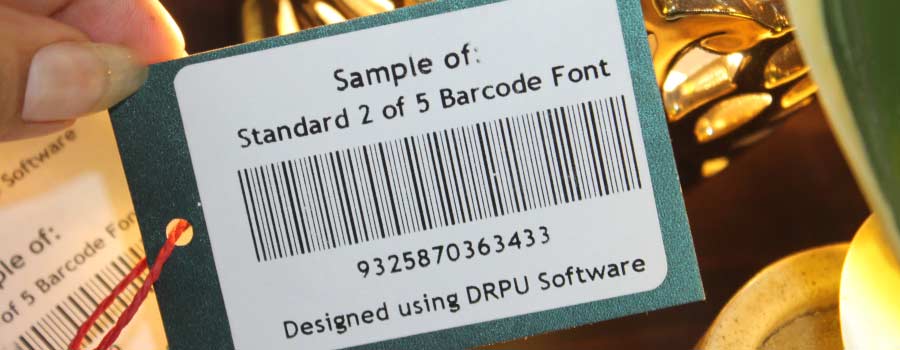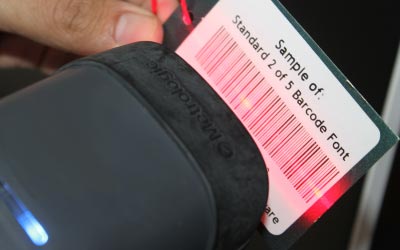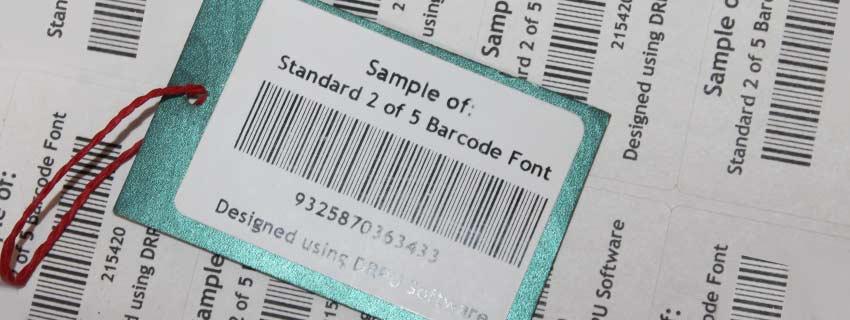Standard 2 of 5 Barcode Used Internationally
Standard 2 of 5 barcode is a popular barcode format that is used around the world. It is a simple, linear barcode that encodes numeric data and is used in a variety of applications, including retail, manufacturing, and logistics. In this article, we will explore the international usability of Standard 2 of 5 barcode.

-
Standard 2 of 5 Barcode Specifications:
Standard 2 of 5 barcode has a fixed length of either 14 or 16 digits, depending on the version used. The barcode consists of bars and spaces that are arranged in pairs, with each pair representing one digit. The barcode is read by a scanner, which uses a laser or LED light to scan the bars and spaces and decode the encoded data.
-
International Standards for Barcode Formats:
There are several international standards for barcode formats, including the International Article Number (EAN) and the Universal Product Code (UPC). These standards are widely used in retail and consumer goods industries, and they are designed to be compatible with scanners and point-of-sale systems around the world.
While Standard 2 of 5 barcode is not a specific standard for international use, it is widely recognized and used in many countries. It is a simple and easy-to-use format that can be implemented quickly and inexpensively, making it a popular choice for many businesses.
-
Compatibility with International Scanners and Systems:
One of the key factors in determining the international usability of a barcode format is its compatibility with scanners and point-of-sale systems around the world. Standard 2 of 5 barcode is widely supported by barcode scanners and point-of-sale systems, making it a viable option for businesses operating in multiple countries.
In addition, many countries have their own specific requirements for barcode formats, such as the Japan Article Number (JAN) or the Korean Article Number (KAN). While these standards are specific to certain regions, many barcode scanners and point-of-sale systems are designed to support multiple formats, including Standard 2 of 5 barcode.
-
Applications in International Trade and Logistics:
Standard 2 of 5 barcode is commonly used in international trade and logistics applications, where it is used to track shipments and inventory across borders. Many countries require specific barcode formats for imports and exports, but Standard 2 of 5 barcode is recognized and accepted in many regions around the world.
In addition, many logistics providers and freight forwarders use Standard 2 of 5 barcode to track shipments and inventory as they move through the supply chain. This allows them to easily identify and manage inventory, as well as track shipments in real-time as they move between countries and across borders.
Conclusion:- Standard 2 of 5 barcode is a widely recognized and accepted barcode format that is used around the world. While it is not a specific standard for international use, it is widely supported by barcode scanners and point-of-sale systems in many countries. This makes it a viable option for businesses operating in multiple regions, including those involved in international trade and logistics.

